Dental Caries
Dental caries, often known as tooth decay, is one of the most common chronic diseases afflicting people all over the world; people are susceptible to it throughout their lives. Dental caries develops over time as a result of a complicated interaction between acid-producing bacteria, fermentable carbohydrates, and a variety of host components such as teeth and saliva. This can result in a cavity, which is a small hole in a tooth. Dental decay, if left untreated, can cause infection, pain, and even tooth loss. People of all ages, from children to the elderly, can get dental decay once they have teeth. Physical, biological, environmental, behavioural, and lifestyle factors increase the risk of caries include excessive levels of cariogenic bacteria, insufficient salivary flow, insufficient fluoride exposure, poor mouth hygiene, improper baby feeding practices, and poverty.
- Cavity treatment
- Digital Dentistry Treatment in caries
- Primary and Secondary treatment and prevention
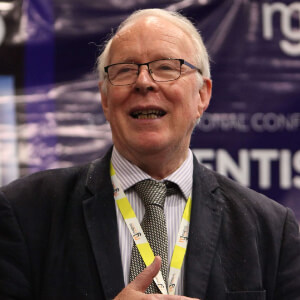
David Geoffrey Gillam
Queen Mary University of London, United Kingdom
Zvi Loewy
New York Medical College, United States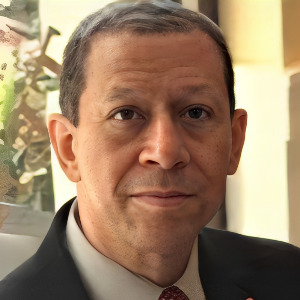
Khamis A Hassan
Global Dental Research Centre, Canada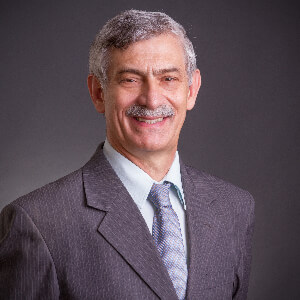
Laurindo Moacir Sassi
Erasto Gaertner Hospital Cancer Center and Mackenzie Evangelical University Hospital, Brazil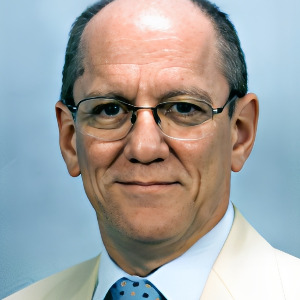
Arnaldo Castellucci
Dr. Castellucci MD, DDS, Italy
Yasser Khaled
Marquette University, United States
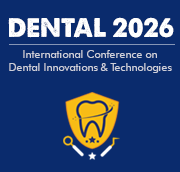


Title : Efficacy of a biomin F toothpaste compared to conventional toothpastes in remineralisation and dentine hypersensitivity: An overview
David Geoffrey Gillam, Queen Mary University of London, United Kingdom
Title : Knowledge and attitudes of dental professionals in the evaluation of Molar Incisor Hypomineralisation (MIH): Awareness, diagnosis and treatment approaches: An overview
David Geoffrey Gillam, Queen Mary University of London, United Kingdom
Title : The coordinated triad of spatial temporal and biomechanical strategies managing the where when and how of shrinkage stress in bulk fill resin composite restorations
Khamis A Hassan, Global Dental Research Centre, Canada
Title : Dental treatment of 1500 young children under general anesthesia
Jaap Boehmer, Rijnstate Hospital, Netherlands
Title : Enhancing root canal success strategic use of orifice opener one step synthesis gels orifice barriers
Emmanuel Samson, Consultant Total Dental Care, India
Title : Importance of clinical pharmacokinetics of medications in the postoperative period of patients undergoing dental surgical procedures
Vitoldo Antonio Kozlowski Junior, Ponta Grossa State University, Brazil